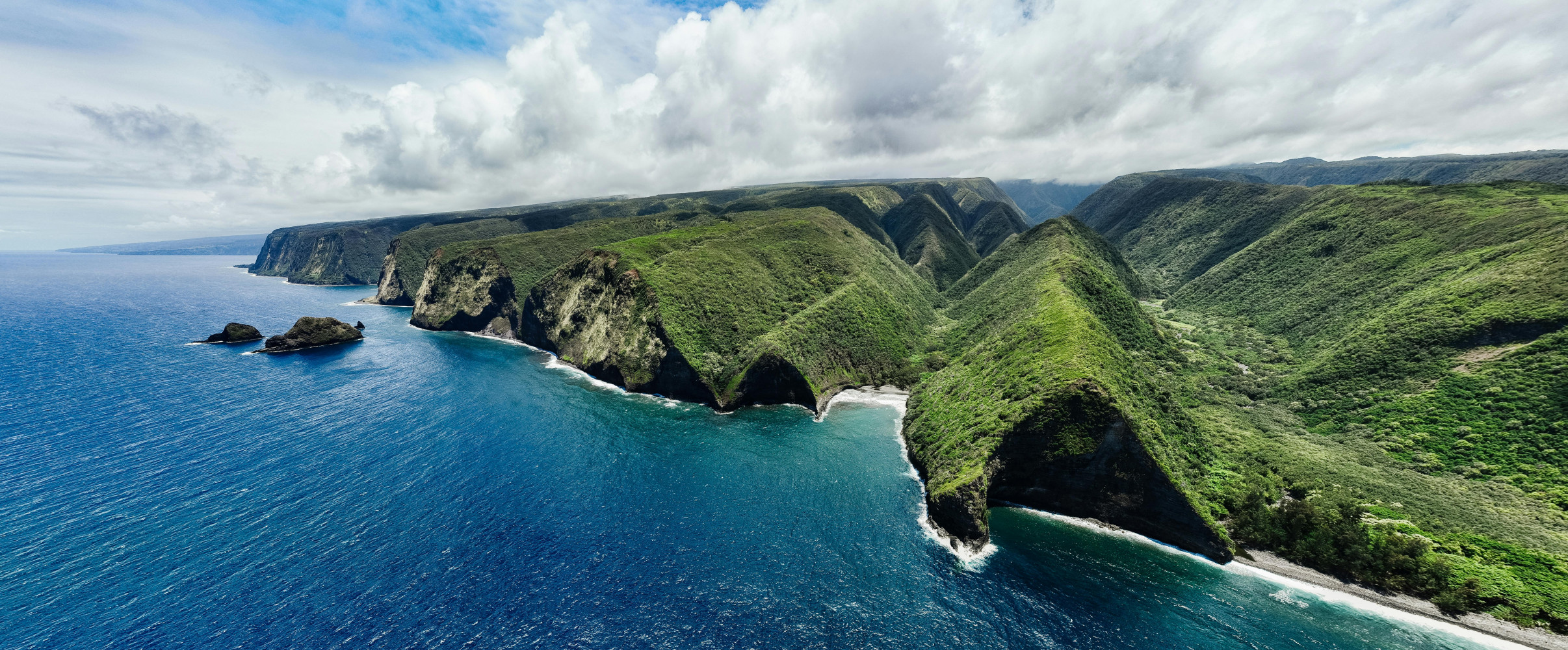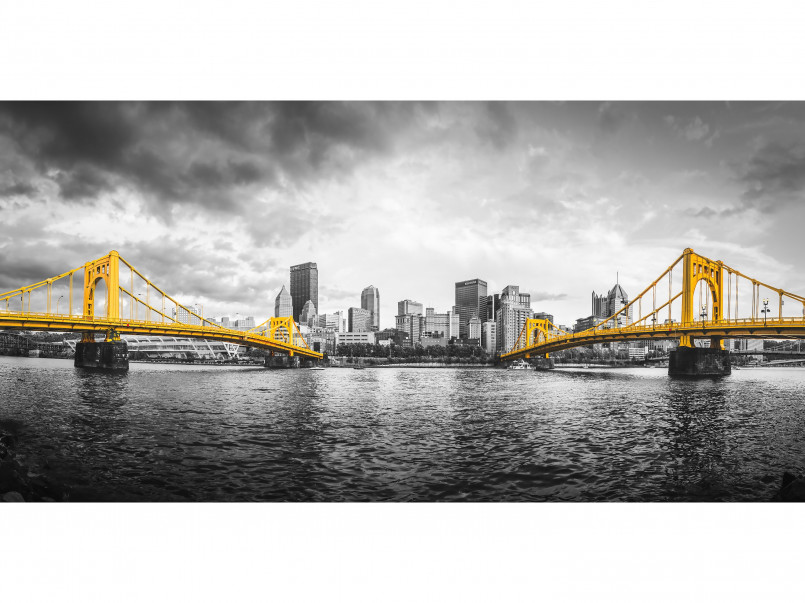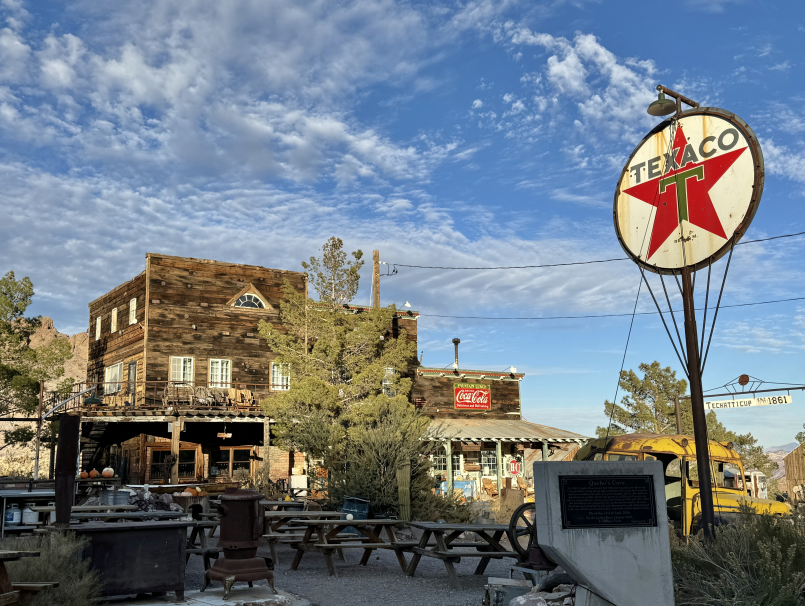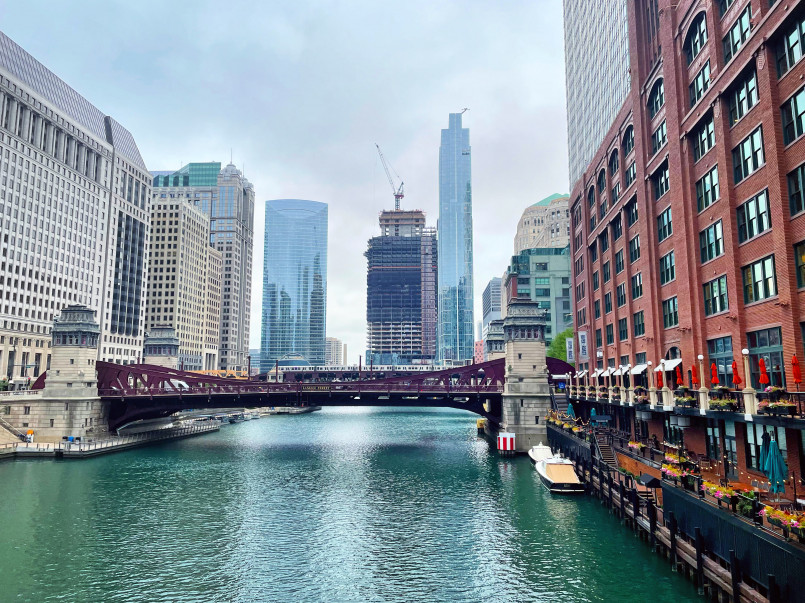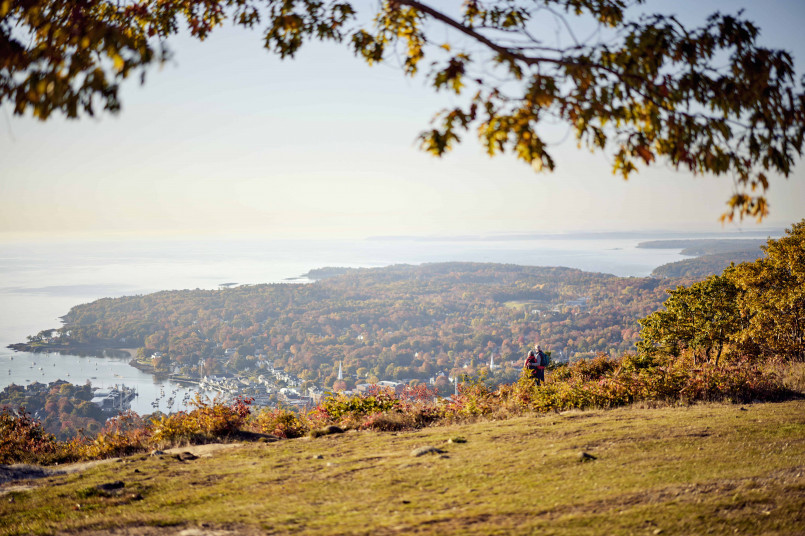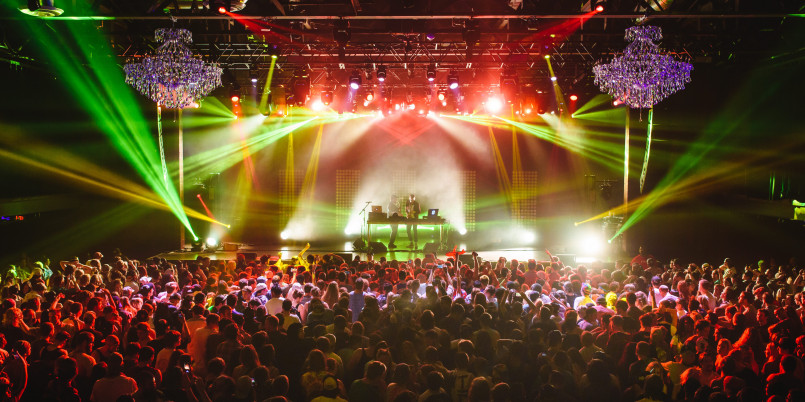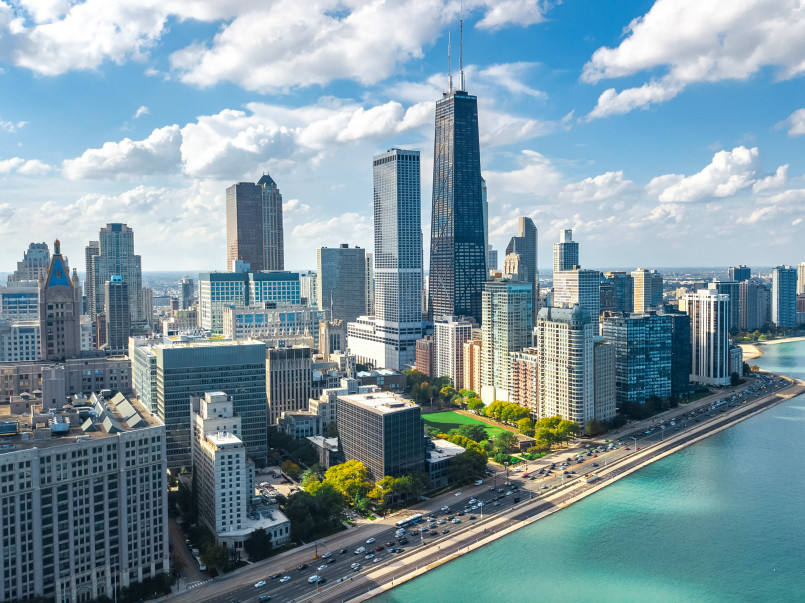The United States possesses some of the world's most diverse and spectacular islands, from the volcanic landscapes of Hawaii to the arctic wilderness of Alaska. These massive land masses not only contribute significantly to America's geography but also showcase unique ecosystems, cultures, and histories that set them apart from the mainland.
From tropical paradises to arctic wilderness areas, the United States encompasses islands of remarkable size and diversity. These vast insular territories span multiple climate zones and offer some of America's most stunning landscapes. Beyond their impressive dimensions, these islands contain unique ecosystems, distinct cultures, and rich histories that contribute significantly to America's geographical and cultural tapestry.
Let's explore the ten largest islands in the United States, examining their geographical features, cultural significance, and what makes each one special among America's territories.
Big Island (Hawaii) - The Largest American Island
Topping the list at approximately 4,028 square miles, the Big Island of Hawaii (officially named Hawaii Island) stands as America's largest island. This massive volcanic island continues to grow thanks to Kilauea's eruptions, one of the world's most active volcanoes.
The Big Island features an incredible diversity of climates and ecosystems within its boundaries. From the snow-capped peak of Mauna Kea to tropical rainforests and black sand beaches, visitors can experience 11 of the world's 13 climate zones without ever leaving the island.
Home to Hawaii Volcanoes National Park, the island offers visitors the rare opportunity to witness active volcanic landscapes. The island's western Kona coast is famous for coffee production, while the eastern Hilo side receives abundant rainfall creating lush tropical landscapes.
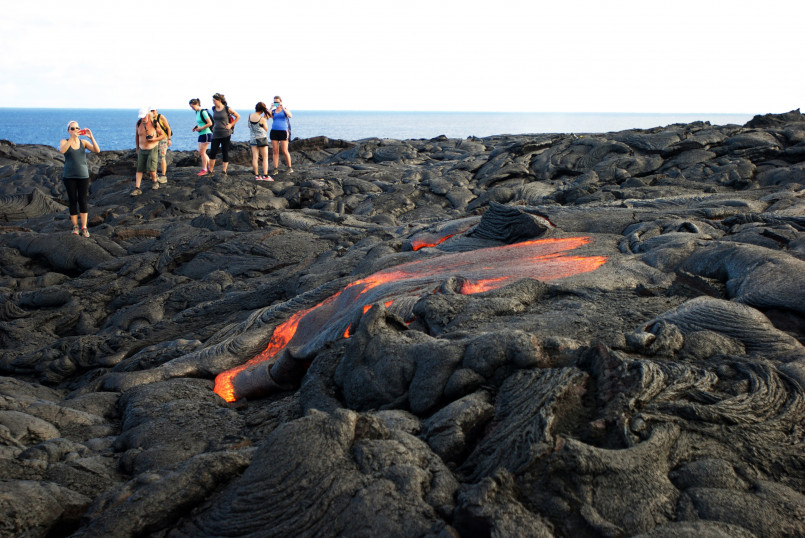
Puerto Rico - Caribbean Paradise
As the second largest island in the United States, Puerto Rico covers approximately 3,515 square miles in the Caribbean. This unincorporated U.S. territory combines stunning tropical landscapes with rich cultural heritage influenced by Spanish colonial history and indigenous Taíno culture.
From the cobblestone streets and colorful buildings of Old San Juan to the only tropical rainforest in the U.S. National Forest System (El Yunque), Puerto Rico offers diverse attractions. The island is renowned for its beautiful beaches, bioluminescent bays, and vibrant music and culinary scenes.
Despite being a U.S. territory since 1898, Puerto Rico maintains a distinct cultural identity with Spanish as the predominant language. The island continues to navigate its complex political relationship with the mainland while preserving its unique Caribbean character.
Kodiak Island - Alaska's Bear Haven
Alaska's Kodiak Island, the third largest U.S. island at approximately 3,500 square miles, stands in stark contrast to tropical Hawaii and Puerto Rico. Located in the Gulf of Alaska, this rugged wilderness is known for its eponymous Kodiak bears, the largest subspecies of brown bears in the world.
The island's economy centers around commercial fishing, with the city of Kodiak serving as one of America's most important fishing ports. Despite its remote location, Kodiak has been inhabited for over 7,000 years, first by the indigenous Alutiiq people and later by Russian settlers.
Kodiak's dramatic landscapes feature mountain ranges, dense spruce forests, and numerous lakes and rivers. Wildlife enthusiasts visit for opportunities to observe not only the famous bears but also eagles, seabirds, whales, and sea lions in their natural habitats.
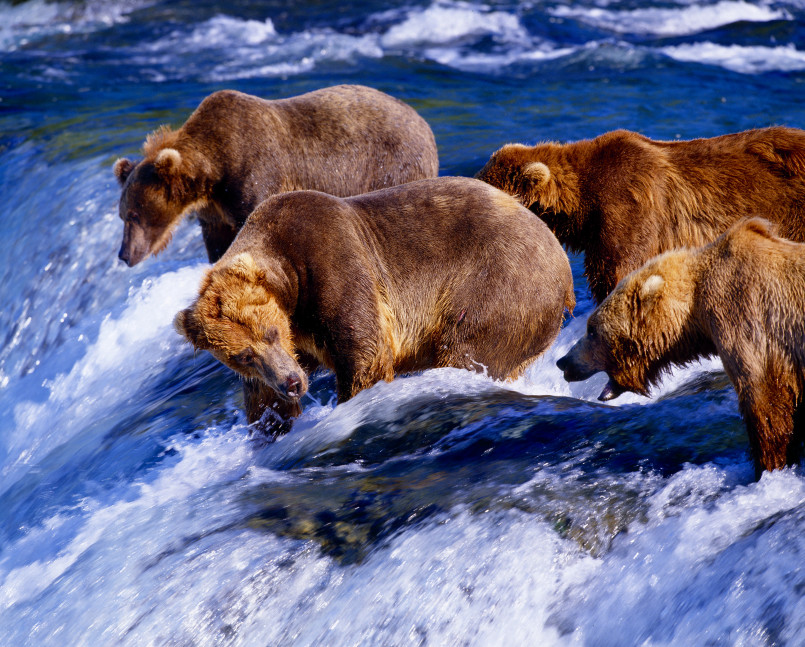
Prince of Wales Island - Alaskan Wilderness
The fourth largest American island, Prince of Wales Island covers approximately 2,577 square miles in Alaska's Alexander Archipelago. This remote island features extensive old-growth temperate rainforests, mountains, and a network of lakes and rivers.
The island hosts the Tongass National Forest, America's largest national forest, and offers excellent fishing, kayaking, and wildlife viewing. Despite its size, the human population remains small, with fishing, logging, and tourism serving as primary economic activities.
Prince of Wales Island is home to several Tlingit and Haida native communities who maintain traditional practices alongside modern life. The island's road system is the most extensive of any in Southeast Alaska, allowing visitors to explore diverse landscapes from karst limestone formations to secluded coves.
Chichagof Island - Home to Brown Bears
Fifth on our list is Chichagof Island, covering approximately 2,080 square miles in Alaska's Alexander Archipelago. Often called "Bear Island," it boasts one of the highest concentrations of brown bears in the world, with an estimated density of one bear per square mile.
Largely undeveloped, Chichagof Island features pristine wilderness areas with temperate rainforests, alpine meadows, and extensive coastlines. The small communities of Hoonah and Tenakee Springs offer glimpses into the unique lifestyle of Southeast Alaska, where many residents still rely on subsistence hunting and fishing.
Part of the island falls within Tongass National Forest, protecting its diverse ecosystems. Activities like fishing, kayaking, and wildlife viewing attract adventurous travelers seeking authentic Alaskan experiences away from crowded tourist destinations.
Long Island - New York's Coastal Stretch
As the largest island in the contiguous United States, Long Island stretches approximately 1,401 square miles east of New York City. This densely populated island is home to nearly 8 million people, including the New York City boroughs of Brooklyn and Queens.
Despite its urban reputation, Long Island features diverse landscapes including pristine beaches along its southern shore, vineyards on the North Fork, and the famous Hamptons with their upscale communities and estates. The island's eastern end offers more rural scenery with farms and fishing villages.
Long Island boasts significant historical sites and cultural institutions, reflecting its important role in American development from colonial times forward. Its proximity to Manhattan has made it both a bedroom community and weekend getaway destination for generations of New Yorkers.
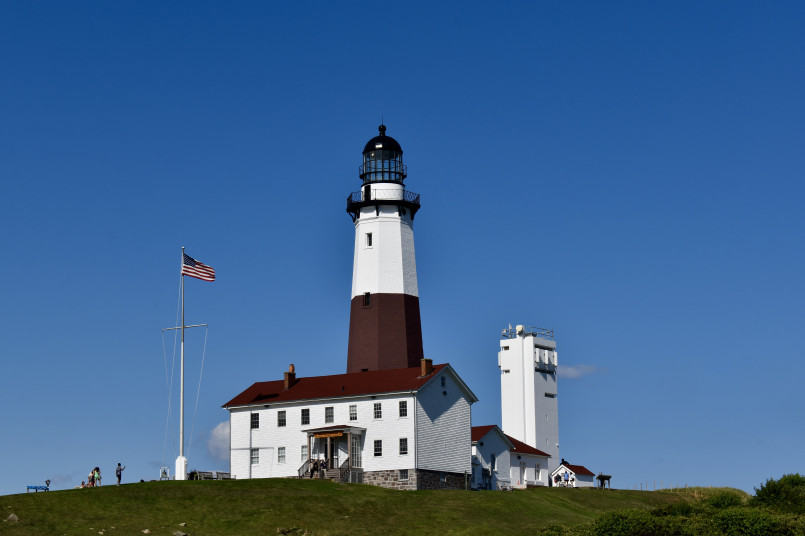
Oahu - Hawaii's Cultural Center
The seventh largest American island, Oahu covers 596 square miles but contains nearly 70% of Hawaii's population. Home to the state capital Honolulu, Oahu balances urban development with natural beauty, earning its nickname "The Gathering Place."
Oahu's diverse attractions include the historic Pearl Harbor memorial, world-famous Waikiki Beach, and the dramatic mountain ranges of Ko'olau and Waianae. The North Shore attracts surfers from around the globe with its legendary winter waves, while Honolulu offers cosmopolitan dining, shopping, and cultural experiences.
The island serves as Hawaii's economic and cultural hub while preserving important heritage sites like Iolani Palace, the only royal palace on U.S. soil. Oahu's landscape features lush valleys, volcanic craters, and over 125 beaches along its 112-mile coastline.
Maui - The Valley Isle
The eighth largest U.S. island, Maui spans 727 square miles and is formed by two volcanic mountains connected by a valley, giving rise to its nickname "The Valley Isle." This Hawaiian island consistently ranks among the world's top vacation destinations for its diverse attractions and natural beauty.
Maui's highlights include the winding Road to Hana, the volcanic crater of Haleakalā National Park, and world-class beaches for swimming and surfing. The island offers excellent whale watching during winter months when humpback whales return to breed in the warm waters.
With a slower pace than Oahu but more development than the Big Island, Maui strikes a balance that many visitors find ideal. The island maintains strong Hawaiian cultural traditions alongside luxury resorts and a thriving agricultural sector producing pineapples, sugar, coffee, and more recently, wine.

Kauai - The Garden Island
The ninth largest American island, Kauai covers 552 square miles and is geologically the oldest of Hawaii's main islands. Its advanced age has allowed erosion to carve dramatic landscapes, including the breathtaking Na Pali Coast and Waimea Canyon, often called "The Grand Canyon of the Pacific."
Kauai's abundant rainfall nurtures lush vegetation that covers much of the island, earning it the nickname "The Garden Isle." This verdant setting has attracted filmmakers for decades, with movies like Jurassic Park showcasing Kauai's prehistoric-looking landscapes.
With strict building codes limiting structures to no taller than a coconut tree, Kauai maintains a more natural and relaxed atmosphere than its neighboring islands. The island's north shore receives considerable rainfall, creating spectacular waterfalls, while the south shore offers sunnier beach experiences.
Mount Desert Island - Maine's Natural Treasure
Rounding out our list is Mount Desert Island, covering approximately 108 square miles along Maine's rugged coast. This island hosts most of Acadia National Park, the first national park established east of the Mississippi River and one of America's most visited natural attractions.
The island's unique geography features granite mountains rising directly from the Atlantic Ocean, creating dramatic views from peaks like Cadillac Mountain, the highest point on the U.S. Atlantic coast. Networks of carriage roads and hiking trails allow visitors to explore dense forests, crystal-clear lakes, and rocky shorelines.
The picturesque town of Bar Harbor serves as the island's main tourist center, offering New England charm alongside access to outdoor adventures. While summer brings thousands of visitors, fall foliage season transforms the island into a spectacular display of color that attracts photographers and nature lovers.
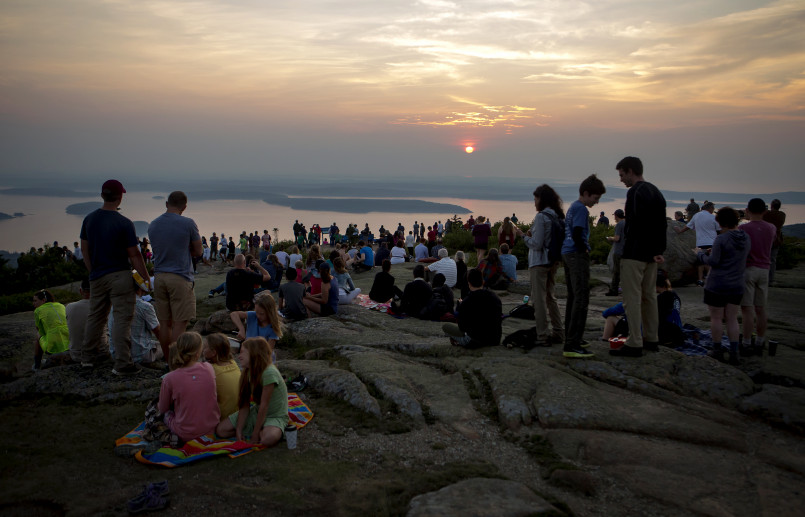
Frequently Asked Questions About 10 Largest Islands in USA - From Hawaii to Puerto Rico
Which island in the USA has the most diverse climate zones?
The Big Island of Hawaii contains 11 of the world's 13 climate zones, making it the most climatically diverse island in the United States. Within a few hours' drive, you can experience tropical rainforests, arid deserts, alpine regions, and even snow at the summit of Mauna Kea during winter months.
Are all of these islands states or territories of the USA?
Not all are states. Of the islands listed, only the Hawaiian islands are part of a U.S. state. Puerto Rico is a U.S. territory (unincorporated commonwealth). The Alaskan islands (Kodiak, Prince of Wales, Chichagof) are part of the state of Alaska. Long Island is part of New York state, and Mount Desert Island is part of Maine.
When is the best time to visit these islands?
It varies by location: Hawaiian islands are pleasant year-round but peak tourist season is December-April. Alaska islands are best visited May-September during warmer months. Puerto Rico's peak season is December-April, avoiding hurricane season. Long Island is most popular in summer (June-August). Mount Desert Island offers spectacular fall foliage in September-October.
Which of these islands is most accessible for mainland Americans?
Long Island is by far the most accessible, connected to the mainland by bridges and tunnels with regular train service. Mount Desert Island in Maine is connected by causeway. The Hawaiian islands require flights of 5+ hours from the west coast. Alaska's islands typically require flights plus ferry service, making them the least accessible.
Are there any endangered species unique to these islands?
Yes, many of these islands host endemic endangered species. Hawaii's islands are home to numerous endangered birds like the nene goose and plants found nowhere else. Puerto Rico has the Puerto Rican parrot. Kodiak Island has a unique subspecies of brown bear. Island ecosystems often develop unique species due to their isolation.
Which of these islands was formed most recently?
The Big Island of Hawaii is the youngest, still actively forming today through volcanic activity. It's estimated to be less than 1 million years old, with its Kilauea volcano continuously adding new land through lava flows. In contrast, Kauai is the oldest of the major Hawaiian islands at approximately 5.1 million years.
